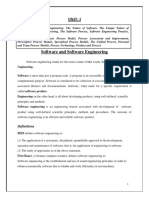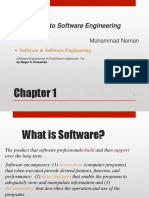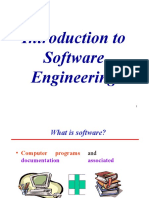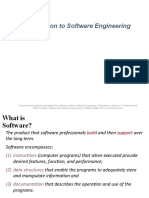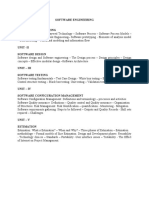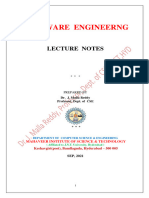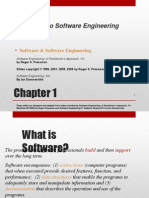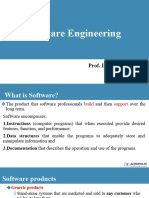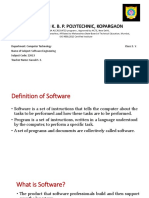0% found this document useful (0 votes)
25 views15 pagesSlide 1
The document discusses software engineering and defines what software and software engineering are. It describes different types of software applications and discusses challenges with legacy software. It also outlines the software engineering process, practices, and important umbrella activities in software engineering.
Uploaded by
tuhinsenbroCopyright
© © All Rights Reserved
We take content rights seriously. If you suspect this is your content, claim it here.
Available Formats
Download as PDF, TXT or read online on Scribd
0% found this document useful (0 votes)
25 views15 pagesSlide 1
The document discusses software engineering and defines what software and software engineering are. It describes different types of software applications and discusses challenges with legacy software. It also outlines the software engineering process, practices, and important umbrella activities in software engineering.
Uploaded by
tuhinsenbroCopyright
© © All Rights Reserved
We take content rights seriously. If you suspect this is your content, claim it here.
Available Formats
Download as PDF, TXT or read online on Scribd
/ 15














